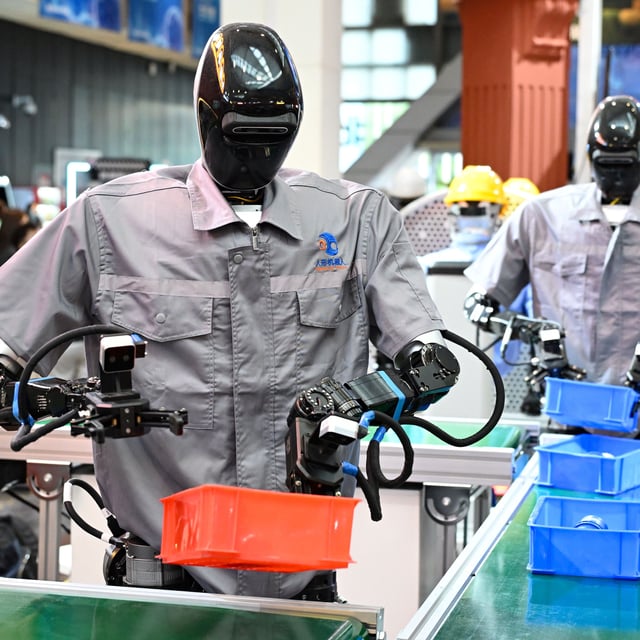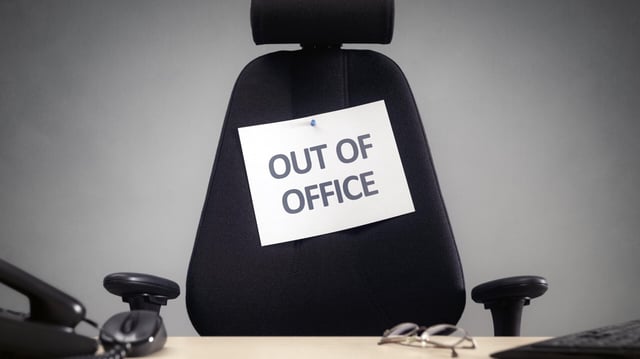Overview
- Microsoft Research released a paper identifying the 40 occupations most susceptible to AI automation and the 40 least vulnerable roles across the U.S. labor market.
- Industry data show AI now automates or augments roughly 25 percent of daily tasks across over 700 occupations, with coding and repetitive text work among the highest-risk areas.
- Saurabh Mukherjea warns that repetitive roles such as loan underwriting and newspaper editing will decline while human-centric professions thrive, and he forecasts a two-year training-retraining cycle.
- Analysts caution that entry-level customer-service and knowledge-economy positions held largely by younger and less-educated workers face disproportionate displacement without targeted reskilling initiatives.
- Corporate leaders and academia are advocating for vocational training programs, basic-income pilots and regulatory guidelines to mitigate widening inequality from AI-driven job losses.



